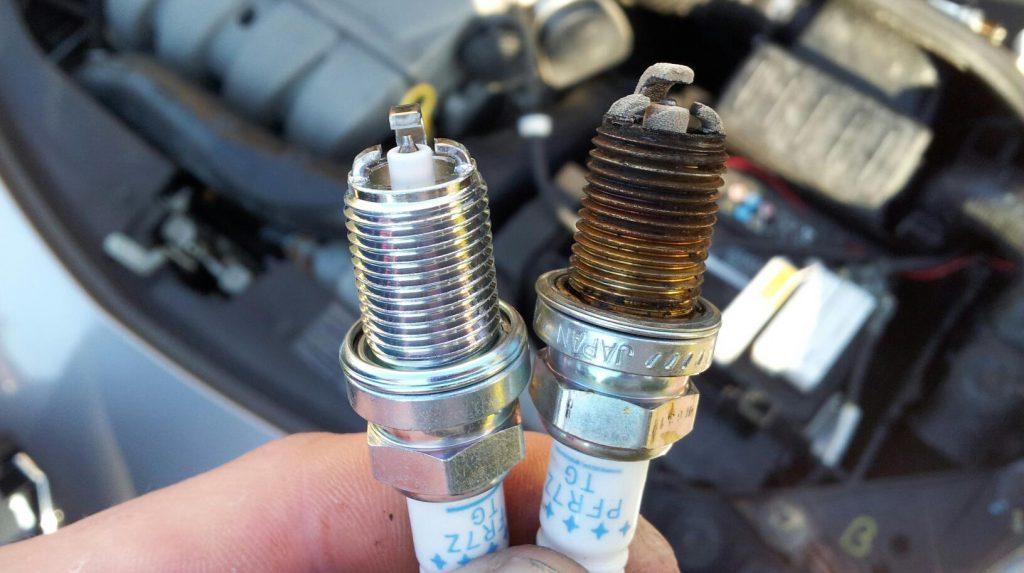Timing is Everything – Especially for Your Engine
Setting your engine’s timing sounds like it’s beyond the reach of a DIYer, but it’s not much more difficult than changing your oil, and the likelihood of making a mess is much lower.
Ignition timing is highly influential to your engine’s performance. Modern cars with fully electronic ignitions won’t have any provision for timing adjustment. But if you have a classic ride with an old school distributor, setting engine timing properly can increase its power and fuel efficiency.
The only tools you’ll need are a timing light and some basic hand tools.

How Ignition Timing Works
After the piston’s intake stroke, the intake and exhaust valves close, trapping the contents of the air-fuel mixture. Then the piston rises to compress the mixture. The spark plug then fires, initiating the combustion process.
Combustion happens very quickly, but not instantaneously. It takes some time (usually between 25 – 50 m/s) for the flame front to grow and burn all the fuel and air in the cylinder.
Setting the ignition timing is choosing the point at which the engine’s spark plugs fire well in advance of each piston reaching peak cylinder pressure. That’s why it’s called ignition (or timing) advance.
Two Types of Timing
There are two types of timing advance you can adjust:
- Base (“initial”) Timing is the engine’s ignition timing at idle.
- Total Timing is the maximum timing advance the distributor will supply as engine speed (rpm) increases and more advance is needed. Total Timing is the sum of the initial timing plus the mechanical setting in the distributor.
Both types of timing advance are set in degrees of crankshaft rotation before (or in advance of) the piston reaches top dead center (TDC). If you decrease the degrees of the advance the common term for this action is “retard” the timing.
Setting the Initial Timing
To advance or retard base timing, start the engine and let it reach operating temperature. While the engine is running at idle speed, loosen the locking nut at the base of the distributor and rotate it in very small increments. Recheck the timing marks with the timing light and keep adjusting as needed. When the base timing is set, tighten down the distributor.
Typical base timing is usually somewhere between 8-14 degrees before top dead center. This number varies from engine to engine so check with your engine builder or manufacturer for the correct value. Get it right and the engine will idle smoother than a Swiss watch.

Setting the Total Timing
To check total timing, rev up the engine and hold it at about 3,000 rpm. The timing will advance with revs to a point and then flatline. That’s your total advance.
Typical total timing is usually somewhere between 32-36 degrees before top dead center. Dial in too much and you can induce destructive detonation, which can damage pistons and other parts. Too little and the late burning of the air-fuel mixture will cause the engine to lose power and run hotter, putting more stress on its exhaust and cooling systems.
If it’s too high, you’ll need to remove your distributor and change its springs to alter its mechanical setting. This is called recurving your distributor. The small springs are available at any auto parts for $10-$25 and take just a few minutes to swap.
Choosing the right combination of springs is a process of trial and error, checking the engine’s total timing along the way. Once you get there, you’ll realize why “timing is everything.”
Still have questions? Speak to one of our Tinker Experts today!



